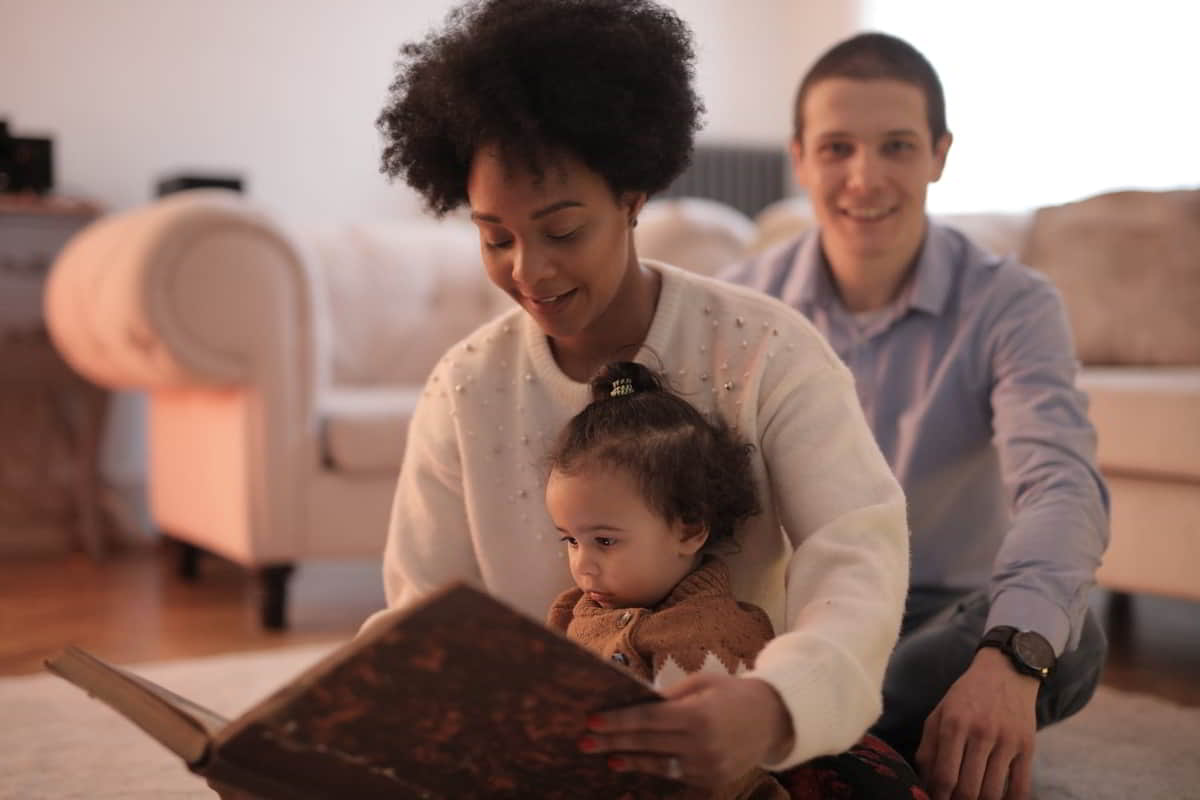Here are 120 free Phonics Lessons, from Open Source Phonics, along with many decodable stories and books for children just learning how to read. Phonics is a method of teaching reading that focuses on the relationship between letters and the sounds they make, teaching children to decode words by sounding them out, rather than relying on memorization or guessing. Phonics provides a critical foundation for reading success, as it empowers children to decode unfamiliar words, build fluency, and become confident, independent readers.
Table of Contents for This Article:
- Importance of Phonics
- Why Phonics is Better Than Other Methods
- Free Phonics Lessons
- Decodable Short Stories to Use with the Phonics Lessons
- First Grade Reading Books
- Second Grade Reading Books
Importance of Phonics:
- Unlocks the Code of Reading:
- English is an alphabetic language, meaning its written words are made up of letters that represent sounds.
- Phonics gives children the key to understanding this code, allowing them to decipher words they’ve never seen before.
- Builds Strong Reading Foundation:
- Phonics instruction leads to:
- Better word recognition
- Improved fluency
- Enhanced comprehension
- Stronger spelling skills
- It equips children with the tools they need to become independent and successful readers.
- Phonics instruction leads to:
- Benefits for All Readers:
- Research shows phonics is particularly beneficial for:
- Struggling readers
- Children with dyslexia
- English language learners
- It provides a structured and systematic approach to reading instruction.
- Research shows phonics is particularly beneficial for:
Why Phonics is Better Than Other Methods:
- Whole Language Approach:
- Emphasizes meaning and context over decoding skills.
- Can lead to guessing and memorization, rather than true reading proficiency.
- Phonics provides a more explicit and systematic approach to teaching sound-letter relationships.
- Sight Word Approach:
- Focuses on memorizing a large number of words by sight.
- Can be overwhelming for young learners and doesn’t teach them how to decode unfamiliar words.
- Phonics equips children with the tools to decode any word they encounter.
- Balanced Approach:
- While a balanced approach incorporating multiple strategies is often used, phonics is recognized as a crucial foundation for reading success.
120 Free Phonics Lessons
Reading and writing simple words like “cat” and “top” are the first steps in these phonics lessons as they introduce students to letters and their sounds. The lessons then incrementally introduce more complex phonics, affixes, and spellings. After completing the lessons, students will be prepared to read books typically found in high school and middle school. Each lesson provides helpful hints for instructors and tutors, but here are some general pointers for getting you started.
- All Lessons 1-120 in one pdf file (3.4mb)
- Lessons 1-10
- Lessons 11-20
- Lessons 21-30
- Lessons 31-40
- Lessons 41-50
- Lessons 51-60
- Lessons 61-70
- Lessons 71-80
- Lessons 81-90
- Lessons 91-100
- Lessons 101-110
- Lessons 111-120
Individual Phonics Lessons
Decodable Short Stories to Use with the Phonics Lessons
As students go through the phonics lessons above, higher-numbered decodable story groups will become accessible for reading in full. The vocabulary used in the lower-numbered story groups is fairly minimal. After students become proficient in a significant portion of these English phonics lessons, they can read the higher-numbered story groups, which are progressively comparable to typical books at school or in the library. Here are some tips for doing a triple read, which we highly recommend doing. Also, here are all of these decodable stories in one pdf file (2.5mb) and all high-frequency words in one file.
Group 1: Short Syllable Stories – Students can read these stories once they finish phonics Lesson 43. Here are the high-frequency words covered through Lesson 43.
Group 2: Silent E Stories – Students can read these stories once they finish phonics Lesson 52. Here are the high-frequency words covered through Lesson 52.
Group 3: Open-and-Closed-Syllable Stories – Students can read these stories once they finish phonics Lesson 60. Here are the high-frequency words covered through Lesson 60.
Group 4: First Vowel Teams Stories – Students can read these stories once they finish phonics Lesson 71. Here are the high-frequency words covered through Lesson 71.
Group 5: R-Controlled Vowel Stories – Students can read these stories once they finish phonics Lesson 76. Here are the high-frequency words covered through Lesson 76.
Group 6: Snow, Cow, and Cloud Stories – Students can read these stories once they finish phonics Lesson 81. Here are the high-frequency words covered through Lesson 81.
Group 7: Consonant-le Stories – Students can read these stories once they finish phonics Lesson 84. Here are the high-frequency words covered through Lesson 84.
Group 8: “Y” as a Vowel Stories – Students can read these stories once they finish phonics Lesson 91. Here are the high-frequency words covered through Lesson 91.
Group 9: Soft “c” and “g” Stories – Students can read these stories once they finish phonics Lesson 97. Here are the high-frequency words covered through Lesson 97.
Group 10: Advanced Phonics Stories – Students can read these stories when they are learning phonics Lessons 100-120.
First Grade Reading Books:
Second Grade Reading Books:
-love learning -your best ed lessons guide, Scott




